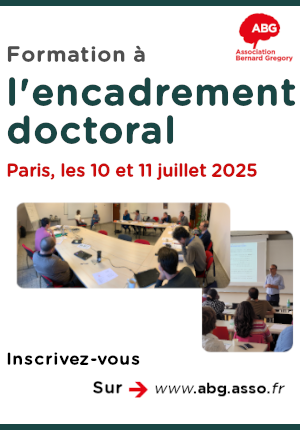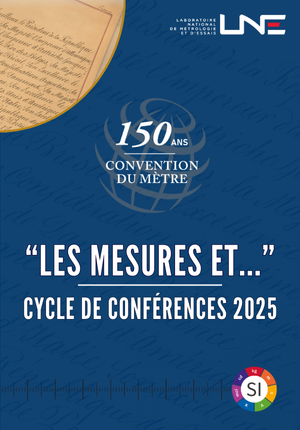Toward cost-competitive Fe2P permanent magnets
| ABG-132319 | Thesis topic | |
| 2025-06-02 | Public funding alone (i.e. government, region, European, international organization research grant) |
- Materials science
- Chemistry
- Physics
Topic description
Context
Permanent magnets are indispensable components of our modern technology. The permanent magnets market is currently divided between the low-performance yet inexpensive ferrites and the high performance but critical rare-earth compounds. The development of cost-competitive intermediate products is of interest, with these products being based on elements that are widely available, such as iron (Fe) and phosphorus (P).
The Fe2P-type structure consists of non-equivalent metallic sites stacked along the c-axis of the hexagonal lattice. This quasi-2D structure exhibits a large uniaxial magneto-crystalline anisotropy, which is one of the prerequisites for permanent magnets. Recent investigations have shown that subtle chemical compounding can lead to a combination of intrinsic properties (saturation magnetization, Curie temperature and uniaxial anisotropy) promising for applications.
Project
At an early stage of research, a plethora of questions regarding Fe2P magnets remain unanswered. First, in order to define the most promising compounding strategies, a systematic exploration of the phase diagrams of quaternary (Fe,TM)2(P,Si) compounds with TM denoting a transition metal is required. A focus of the project is to gain a deeper understanding of the structure-properties relationships. For that purpose, preliminary investigations on polycrystalline samples will be complemented by accurate magnetic anisotropy measurements on single crystals. In addition, preferential site occupancies will be addressed by experiments at large-scale facilities (e.g. x-ray absorption).
The development of permanent magnets is not contingent upon the optimization of intrinsic properties alone; it is also dependent upon a precise control of the microstructure. To enhance the coercivity, it is therefore imperative to optimize the current synthesis method, which involves a sequence of ball-milling and solid-state reaction. In addition, unconventional sintering methods such as based on Spark Plasma Sintering will have to be explored.
Starting date
Funding category
Funding further details
Presentation of host institution and host laboratory
CRISMAT (Laboratoire de CRIstallographie et Sciences des MATériaux – Caen): A leading materials science laboratory specializing in the synthesis, characterization, and modeling of advanced materials.
Website :
PhD title
Country where you obtained your PhD
Institution awarding doctoral degree
Graduate school
Candidate's profile
We are seeking a highly motivated and talented experimentalist with a Master's degree in Materials Science, Physics, Chemistry, or a related field. A familiarity with intermetallic synthesis methods (ball-milling, arc-melting, mel-spinning or similar methods), microscopy, X-ray diffraction techniques and/or magnetic measurements is a plus. A good level in written and spoken English is also expected.
Vous avez déjà un compte ?
Nouvel utilisateur ?
Get ABG’s monthly newsletters including news, job offers, grants & fellowships and a selection of relevant events…
Discover our members
 CASDEN
CASDEN  SUEZ
SUEZ  MabDesign
MabDesign  MabDesign
MabDesign  Laboratoire National de Métrologie et d'Essais - LNE
Laboratoire National de Métrologie et d'Essais - LNE  Aérocentre, Pôle d'excellence régional
Aérocentre, Pôle d'excellence régional  CESI
CESI  Ifremer
Ifremer  ASNR - Autorité de sûreté nucléaire et de radioprotection - Siège
ASNR - Autorité de sûreté nucléaire et de radioprotection - Siège 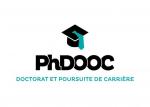 PhDOOC
PhDOOC 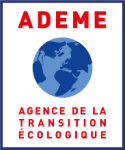 ADEME
ADEME  Groupe AFNOR - Association française de normalisation
Groupe AFNOR - Association française de normalisation  Nokia Bell Labs France
Nokia Bell Labs France  ONERA - The French Aerospace Lab
ONERA - The French Aerospace Lab  Généthon
Généthon  Institut Sup'biotech de Paris
Institut Sup'biotech de Paris 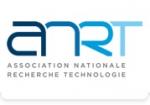 ANRT
ANRT  TotalEnergies
TotalEnergies  Tecknowmetrix
Tecknowmetrix




